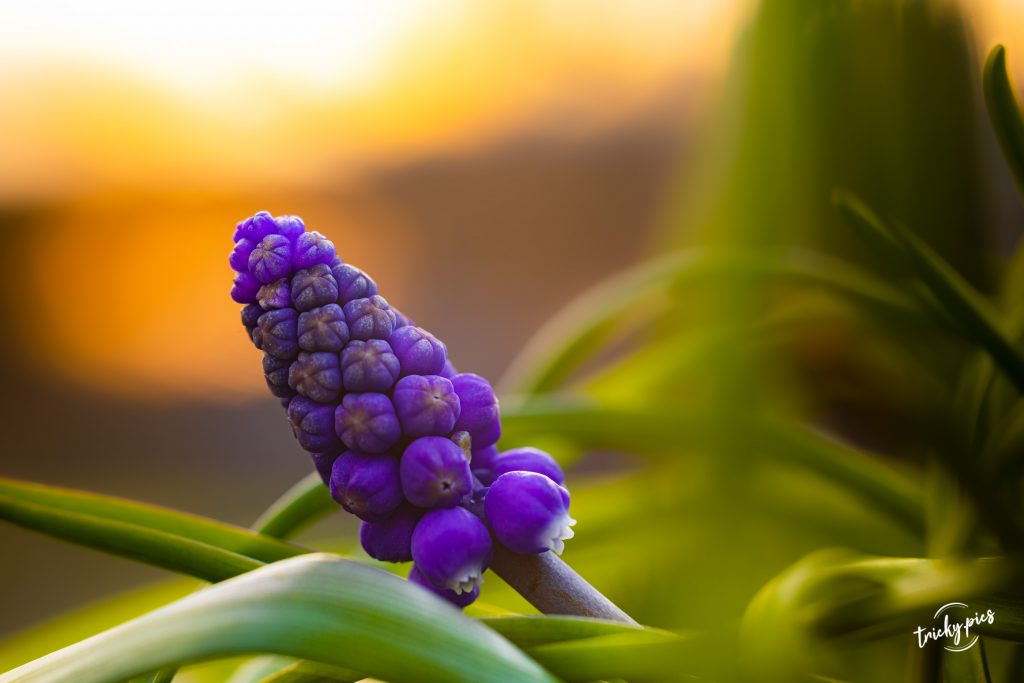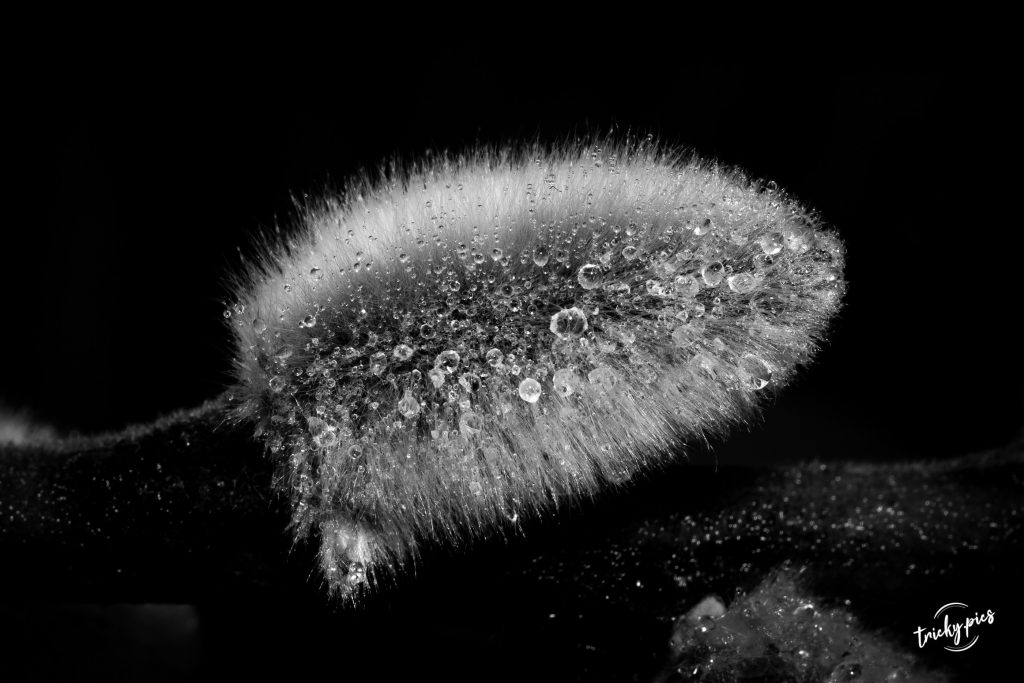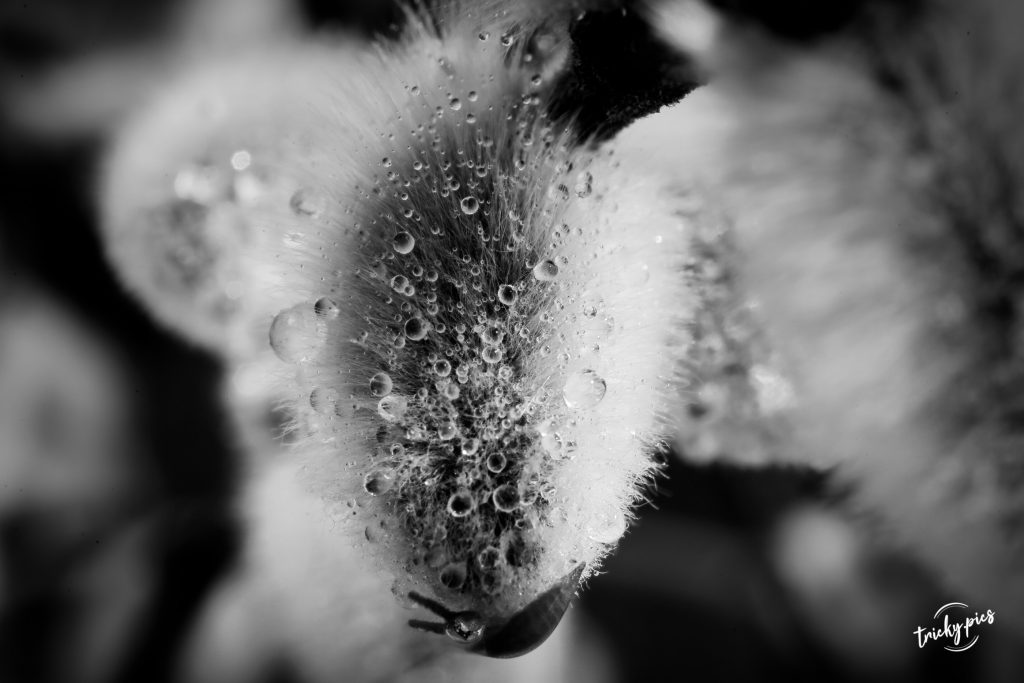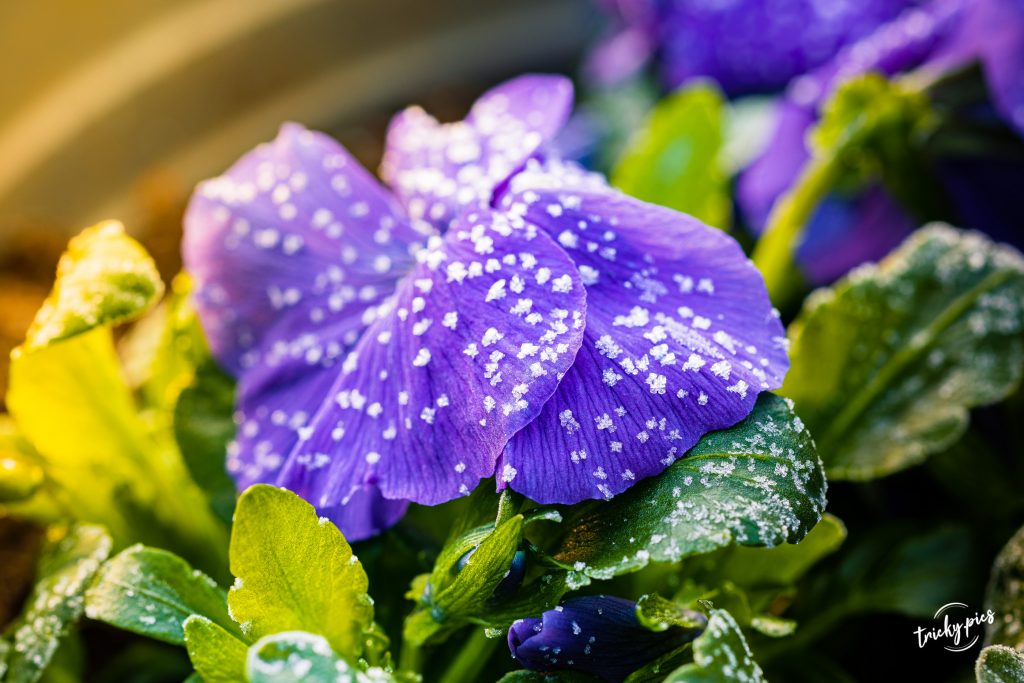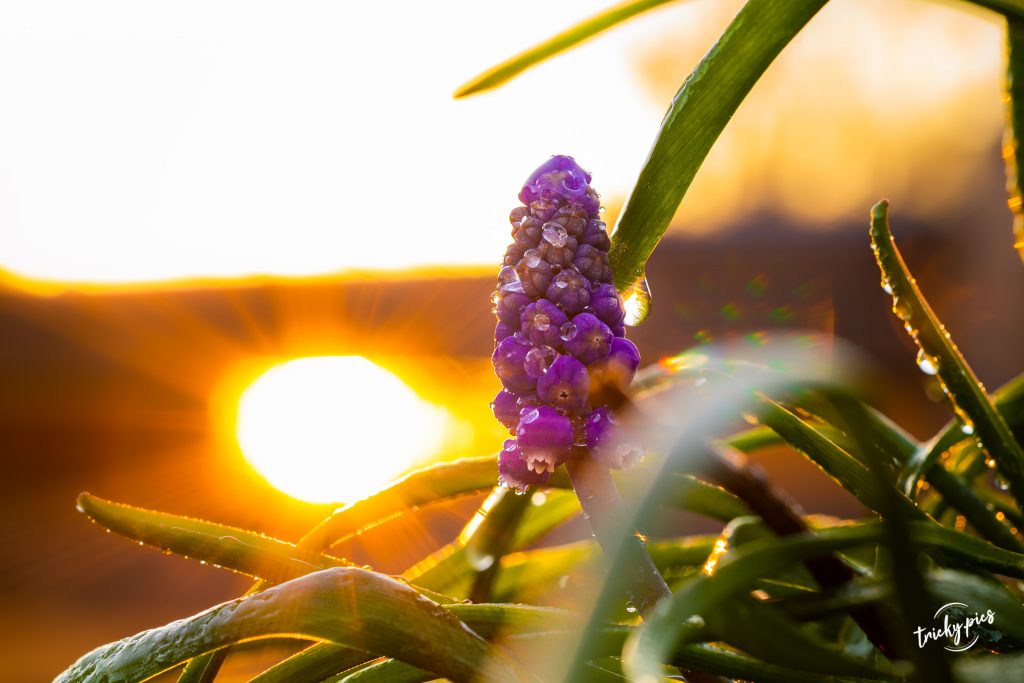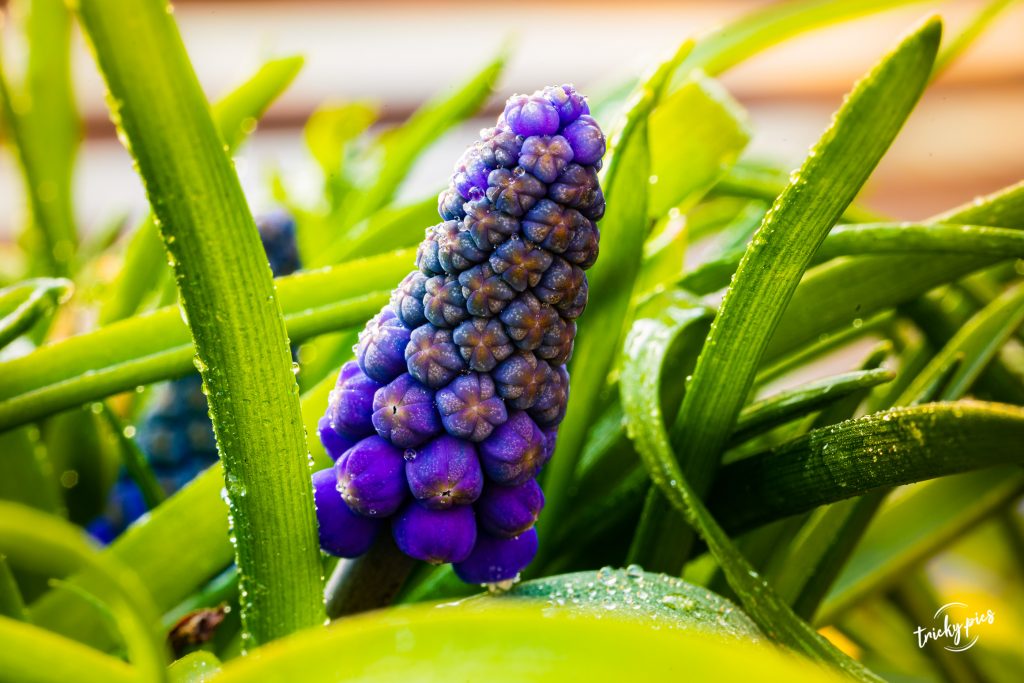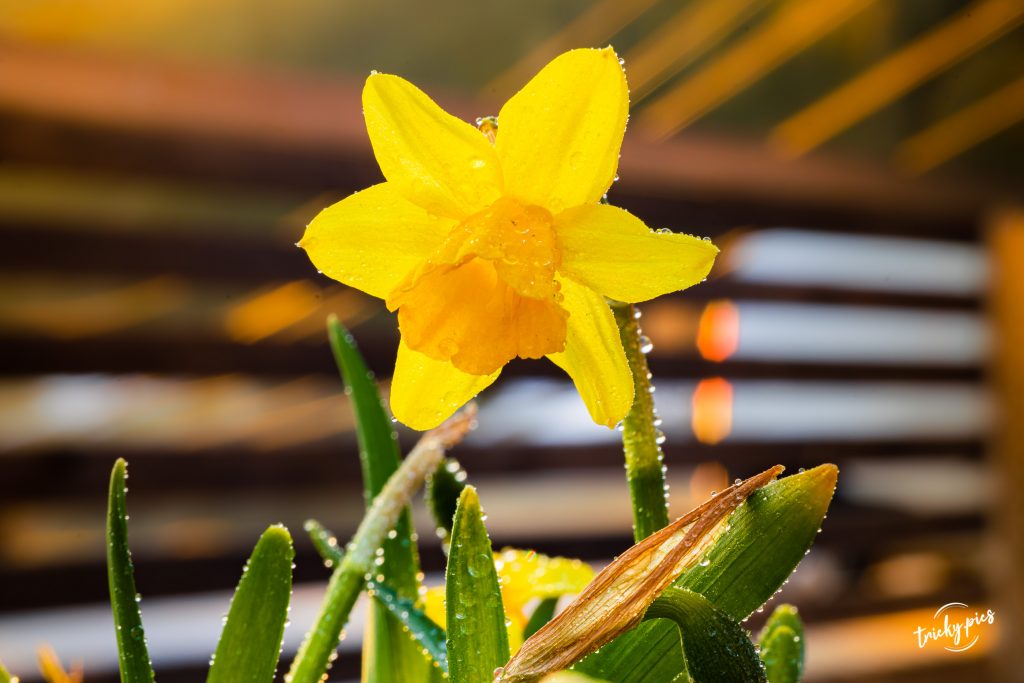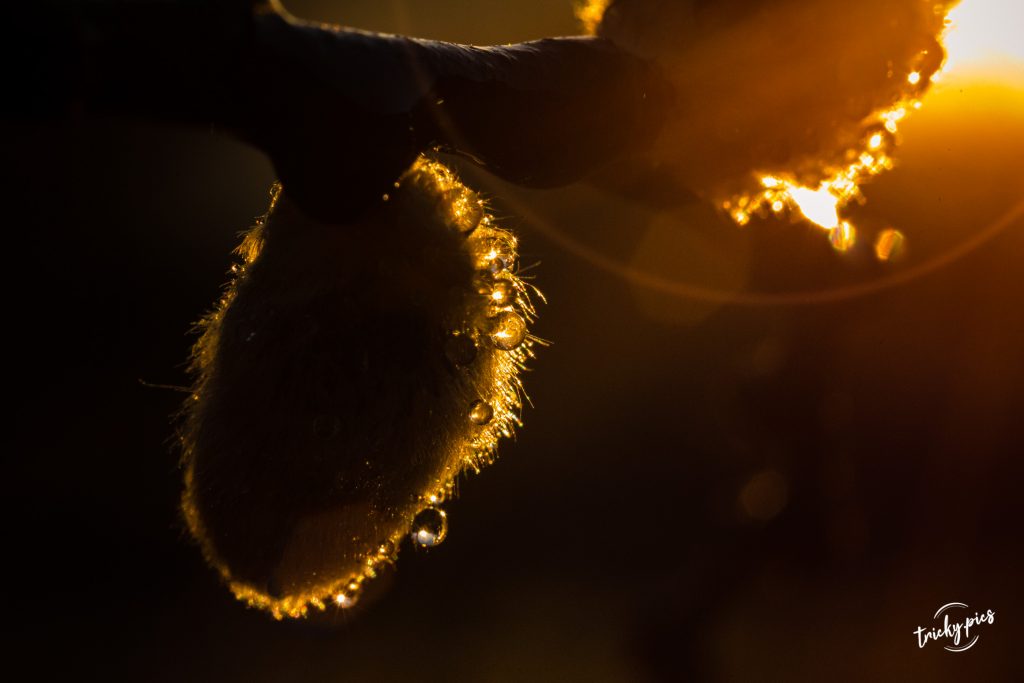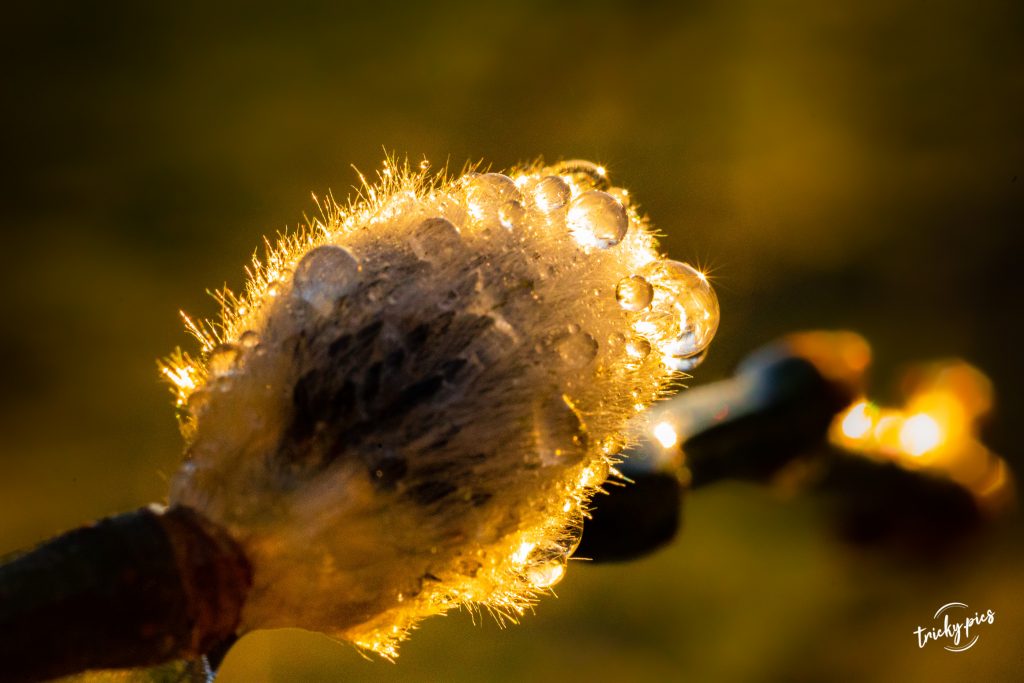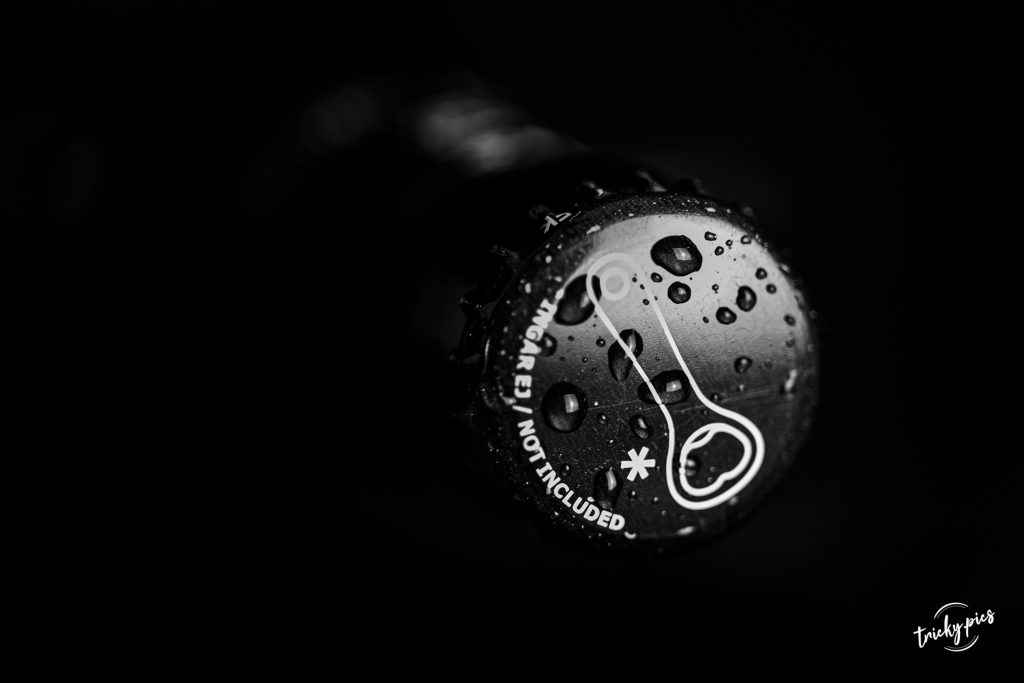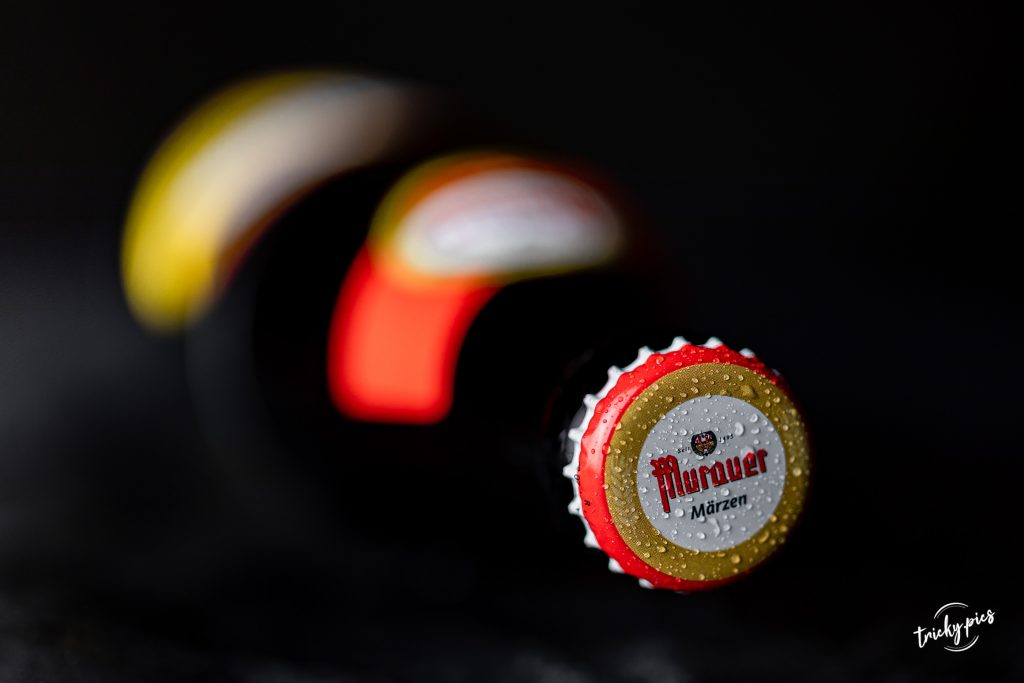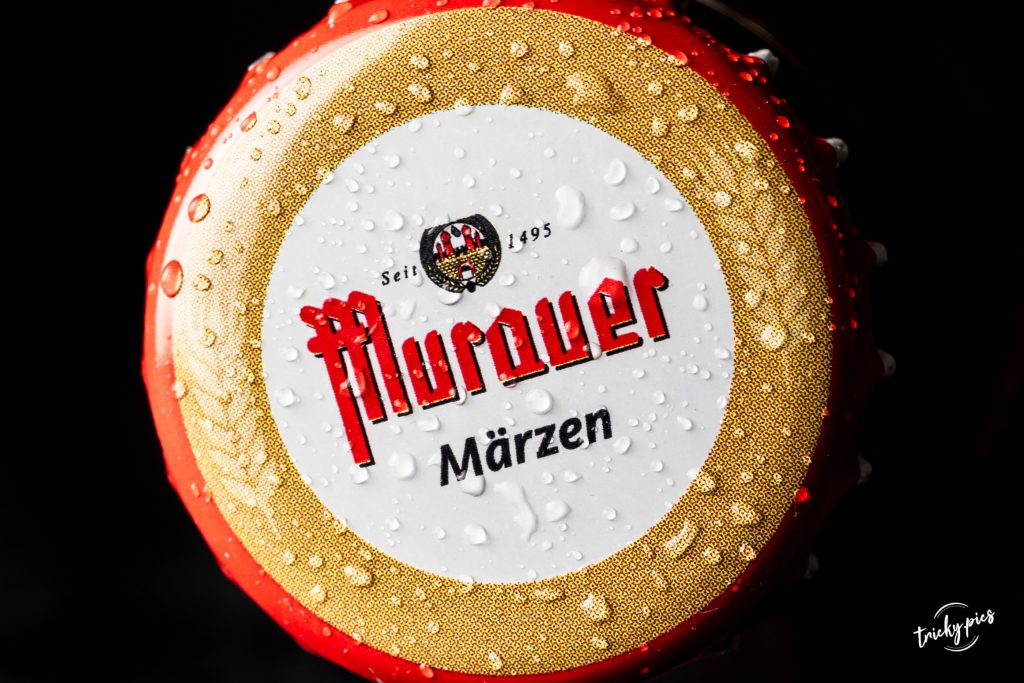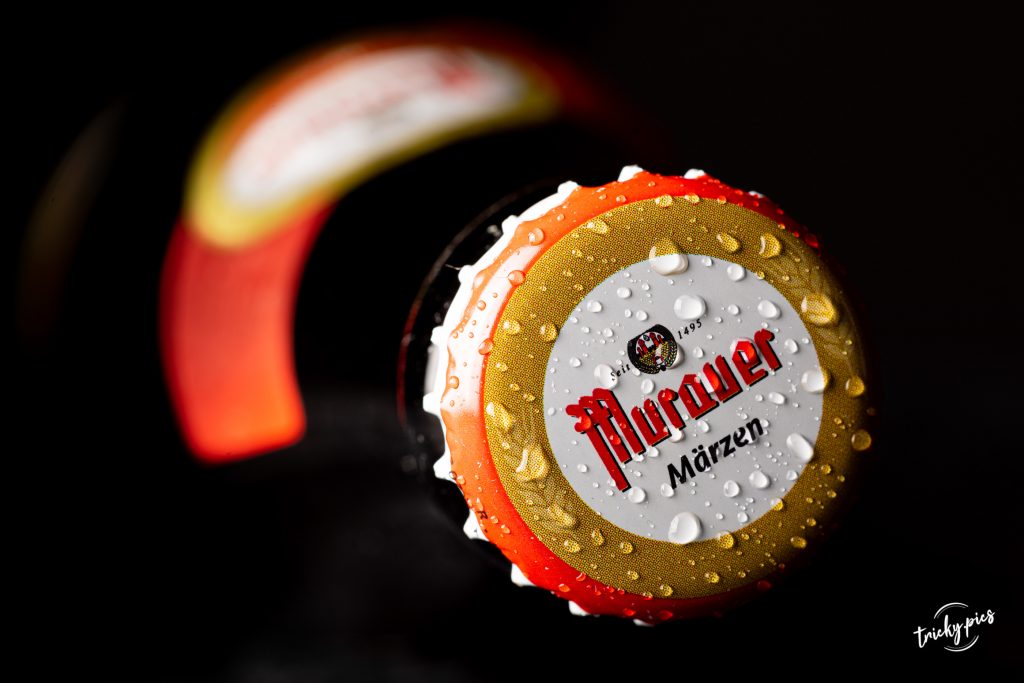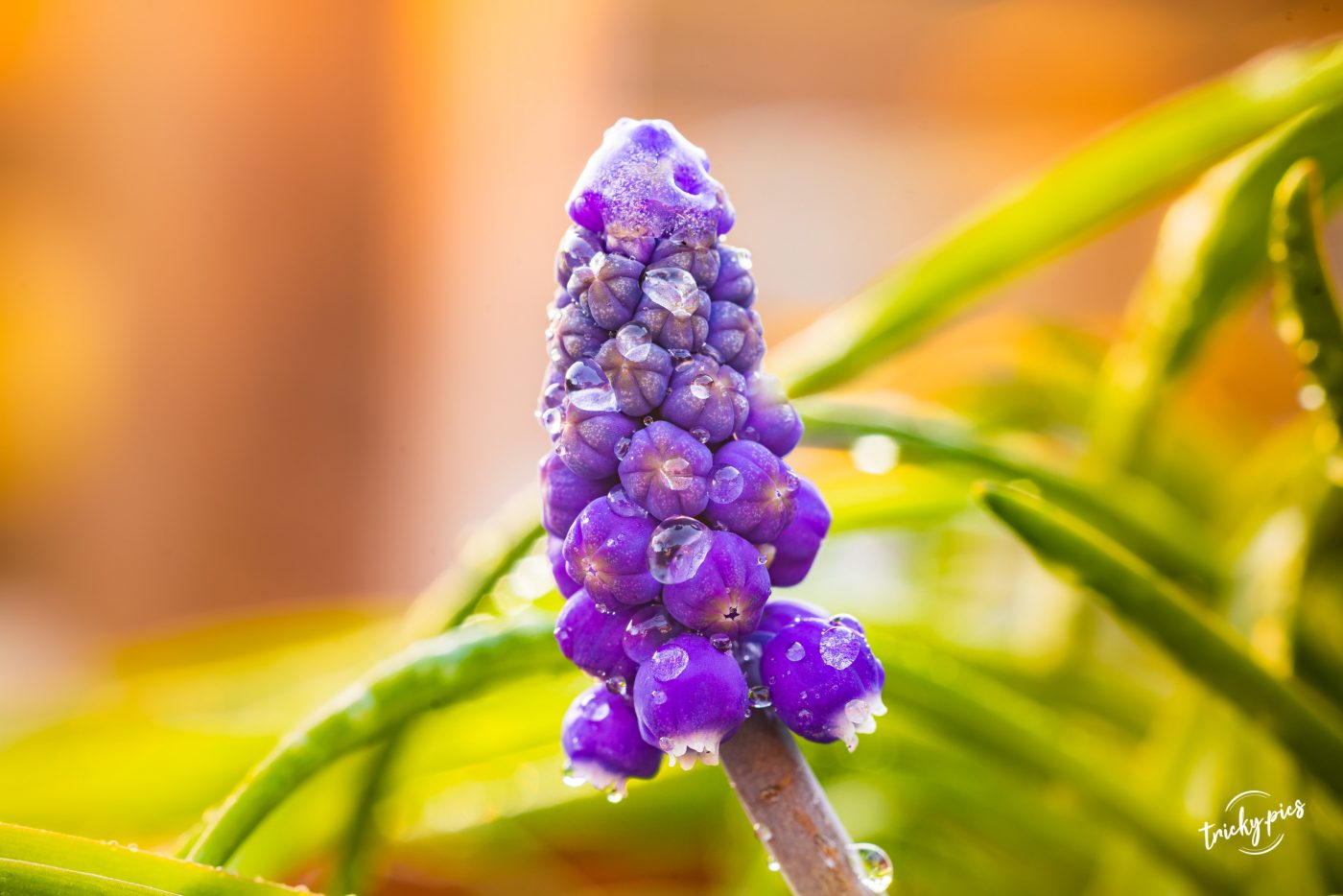Often you just have to get a little closer. And it is precisely this part – in this case the close focus limit – that I have often missed until now, in order to be able to photograph smaller subjects in full format. This is extremely important, especially with flowers, insects or close-up details. So I was all the happier when the Chinese manufacturer Yongnuo offered me the YN60mm F2 MF macro lens for testing. In the last few days I spent some time in the nature and in the tricky.pics Lab to get used to the lens. But, as always, let’s start with the specifications:
Focal length: 60mm
Minimum aperture: f2
Maximum aperture: f16
Elements: 10 elements in 9 groups
Aperture blades: 7
Minimum focus distance: 23.4 cm
Filter diameter: 67mm
Weight: 568 grams
Focus: manual focus
Lens mount: Canon EF
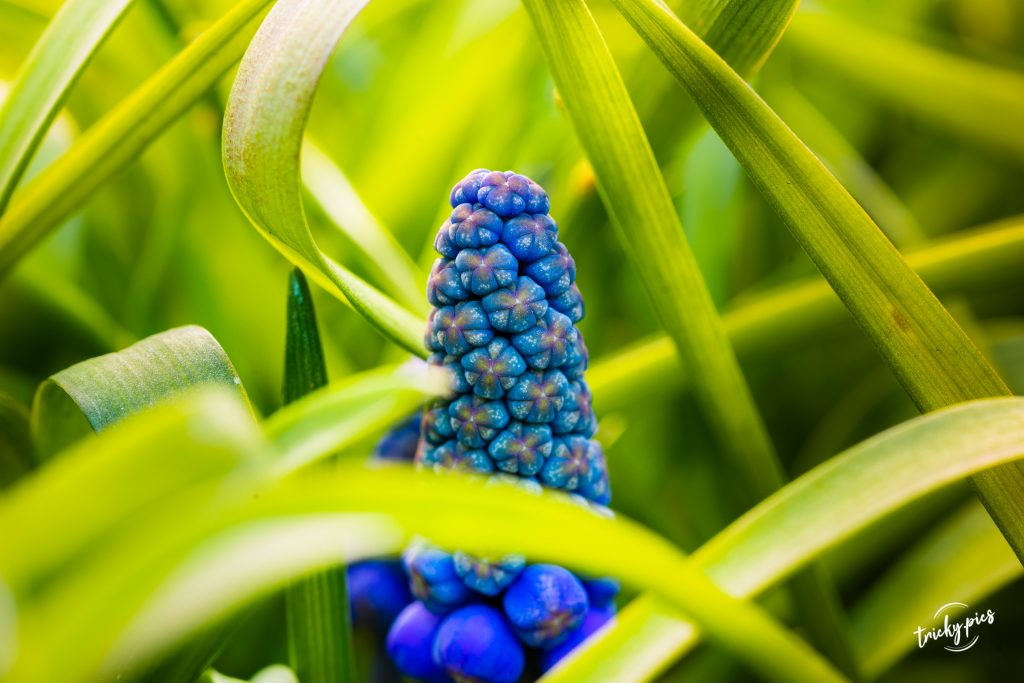
Off to the garden
The good thing about macro photography are the countless new possibilities that arise just in front of your own front door. No matter if flowers, insects or interesting structures. The motifs are – if you look closely – in realms. To get the best light, I always chose the morning hours and thus killed two birds with one stone. Because getting up early not only brought good photos in the box but also a relaxed and motivated start to the day. When the sun was low, I caught the flowers in the garden sometimes with hoar frost and sometimes with morning dew. So every day has its differences. The Yongnuo macro worked well here from the start. The robust workmanship is high quality and makes focusing pleasant. Focusing is also one of the challenges in macro photography. Since the focal plane is often only tenths of a millimeter with an open aperture, the use of a tripod is essential. Even with the aperture completely closed (f16), it is difficult to hit the focus point perfectly hands-free, even with enough light. Most of the time, the camera was attached to a tripod or placed on the floor.
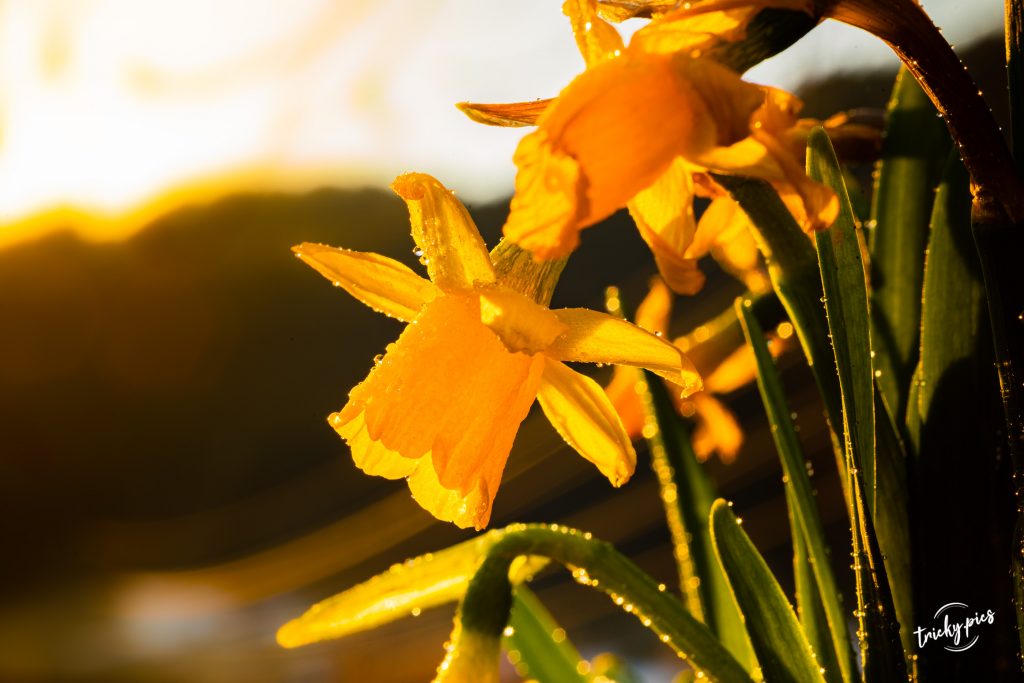
The quality of the Markos definitely convinced me. The sharpness, the contrast and the color rendering were very good and made me happy with the results right from the start. Only the lack of autofocus took some getting used to for me. If you look at the price of just under 200 € (at the moment) you don’t really get anything comparable for the money in this price range, which of course is also due to the lack of auto focus. Entry-level macro lenses with autofocus are at least around 40% more expensive.
Personally, I could do without the autofocus, also because it is easier to set the focus area on the perfect point thanks to the zoomable live view. This focus area becomes flatter the closer you are to the subject with the lens. Therefore, it is sometimes necessary to digitally assemble different levels of sharpness (focus stitching) in order to depict the desired areas in sharp focus. I also used this technique more often with the Yongnuo 60mm to get the soft bokeh but still get a slightly deeper level of sharpness. The bokeh is very soft, especially with an open aperture, but becomes a bit more restless when the aperture is stopped down. Here I had to intervene a little correcting the image processing.
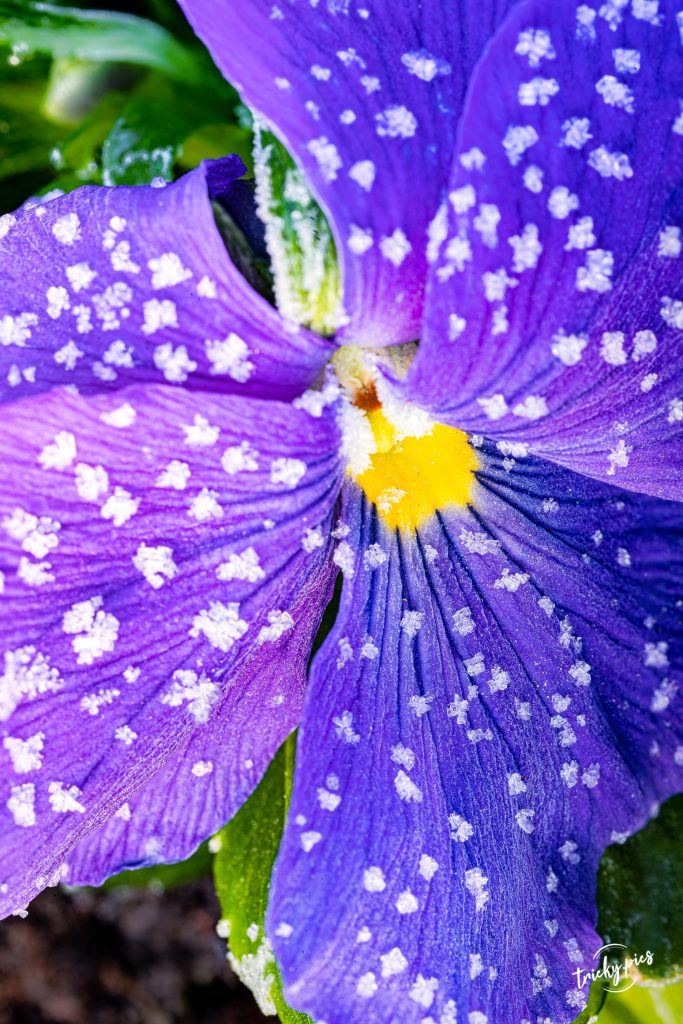
Apart from the macro area, the lens performs very well. I used it in street photography and portraits, where the Yongnuo was also very suitable. Although it can’t keep up with its open aperture of f2 with Bokeh monsters like the Sigma 50mm f1.4, it still delivered good results and portraits with crisp contrast. Manual focusing is a bit more difficult with moving subjects, but it also works surprisingly well through the viewfinder. How well a macro lens is suitable for portrait photos will be discussed in a separate blog post.
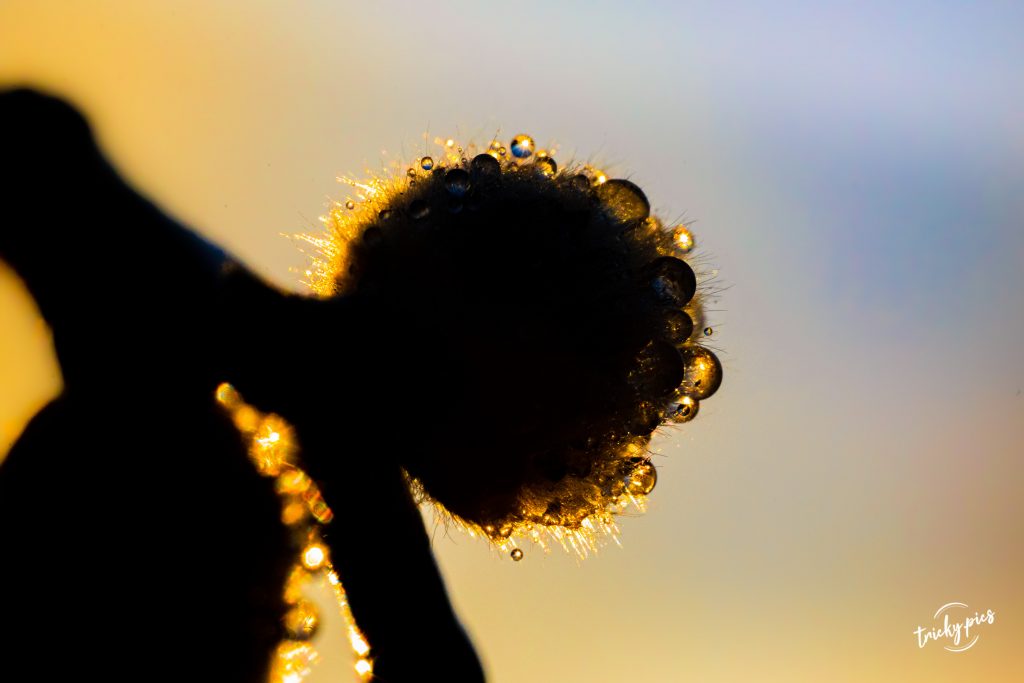
Conclusion:
Apart from the lack of autofocus, I can only say good things about the lens. In the home studio in particular, it is always fun to create macros for a wide variety of things. But the lens is also fun in nature and can replace the obligatory 50mm lens in a photo skirt every now and then. The weight is not exactly light at 568 grams, but still okay for longer days of photography. But the most important thing is: The quality of the photos you can take with the lens is absolutely perfect, as you can see in numerous other test photos below.
Plus/minus:
+ Good built quality
+ Image quality
+ Price / performance
+ nice bokeh with open aperture
+ favorable purchase price
+ Good contrast, sharpness and color rendering
– Manual focus
– No weather sealing
